LED Smart Lighting Solution
From a strategic perspective of social and urban development, enhancing the intelligence and informatization of lighting facilities is crucial. This not only enables scientific management and energy efficiency but also contributes to cost savings and enhances the city's image.
The LED Smart Lighting Solution, built upon existing lighting systems, offers a comprehensive suite of information technology and intelligent control solutions. By managing lighting effectively, it ensures comfortable illumination while providing the flexibility to create innovative visual effects by adjusting brightness levels as needed.
Key Features of the Solution
Data Collection: Utilizing a self-organizing network, it connects voltage and current sensors to real-time monitor changes in lighting system parameters such as current, voltage, and power factor, ensuring continuous monitoring of device status.
Circuit Overload Protection: Analysis of real-time data helps maintain loads within a reasonable range, preventing system failures due to high voltage or current.
Remote Control: Through the smart lighting monitoring platform, users can set logical control rules, modify intelligent controller parameters, and configure scene modes.
Lighting Control: It supports various LED fixtures and dimmable lighting devices, enabling grouping and individual control for unified management within a given area or single fixtures.
Scene Modes: The monitoring platform offers scene control modes for easy switching between lighting scenarios such as home gatherings, outdoor activities, audio-visual, and sleep, with just one click.
Delay Control: Customizable scheduling options allow for timed or delayed lighting effects, as well as specific timing patterns, cycles, and time frames.
Data Storage: Historical data storage capabilities record and store system operational parameters, working hours, power consumption, etc., enabling retrieval, comparison, and export.
Function Expansion: It supports integration with IoT systems like smart building, HVAC, curtain control, intelligent water supply, and energy consumption monitoring systems for comprehensive building automation.

Advantages
Fixture Adjustment: Provides independent control over individual light fixtures for on/off and dimming functions, or grouping control for creating unique lighting effects.
Intelligent Dimming: Allows personalized settings for light fixtures; gradually brightens when lights are turned on and dims when turned off, promoting eye comfort and extending fixture lifespan by avoiding sudden high currents.
Fixture Protection: Utilizes soft start and soft stop technology to prevent thermal shock to filaments, further extending the lifespan and preventing premature damage.
Convenient Control: Offers easy remote control of any light fixture in different zones, either manually or via a cloud platform app.
One-Touch Control: Enables one-click full illumination or complete blackout of the entire lighting system.
The LED Smart Lighting System ensures intelligent management and control of lighting under different scenarios, leading to energy conservation, extended fixture lifespan, convenient maintenance, improved working environments, and enhanced efficiency.
More Application-Related Electronic Components
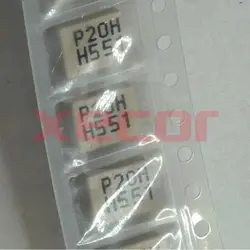
CPFC74NP-PS02H2A20
Common Mode Chokes Dual 200Ohm 20MHz to 300MHz 2A 0.12Ohm DCR SMD
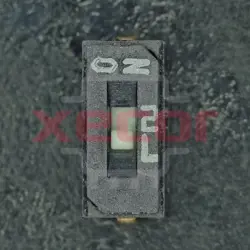
CHS-01TA1
DIP Switches / SIP Switches smd slide 1 pos., J hook, non-washable without seal tape
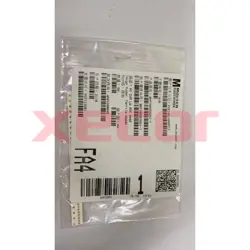
BKP1005EM221-T
Ferrite Beads Multi-Layer Power 220Ohm 25% 100MHz 1A 0.15Ohm DCR 0402 T/R
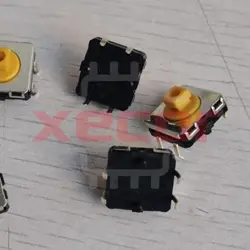
B3W-4055
Tactile Switches 12x12mm NoGroundTerm Prjctd 7.3mmH 350OF
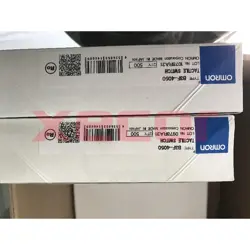
B3F-4050
Switch Tactile N.O. SPST Projected Plunger PC Pins 0.05A 24VDC 1.27N Thru-Hole Bag

B04B-PASK
Connector Header Through Hole 4 position 0.079" (2.00mm)
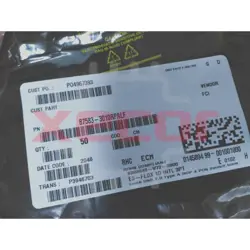
87583-3010RPALF
USB 2.0, Input Output Connectors, Receptacle, Type A, Standard, Right Angle, Surface Mount, Single Deck, 4 Positions
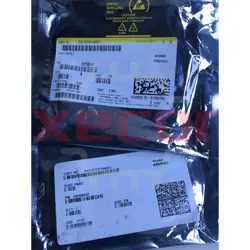
76PSB04T
Switch DIP ON OFF SPST 4 Piano 0.15A 30VDC PC Pins 2000Cycles 2.54mm Thru-Hole Tube
READ ALSO
-
Industrial Wireless Connectivity Technology Date: 08/10/2023
Wireless communication has been used in industrial applications for many years, initially for basic control of cranes and other mobile equipment. With the adoption of more standardized wireless connectivity technologies in recent decades, control has expanded to a wider range of terminal devices.
-
Industrial Wired Connectivity Technology Date: 08/10/2023
Today, wired connectivity technology remains the primary technology adopted in the industrial sector. Existing factory networks widely utilize legacy serial interfaces to ensure uninterrupted high-performance connections.
-
Vibration Detection for Condition Monitoring Date: 08/10/2023
As manufacturers seek to improve throughput and asset utilization by reducing maintenance costs and asset downtime, real-time continuous condition monitoring and predictive maintenance solutions become increasingly important. Given that the cost of unplanned downtime can account for nearly one-fourth of total manufacturing costs, adopting predictive maintenance solutions has the potential to significantly save costs and boost productivity.
